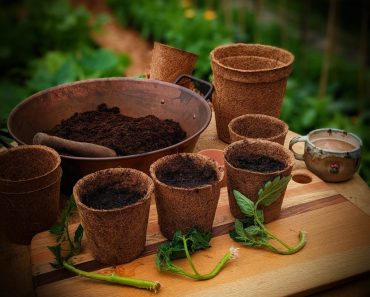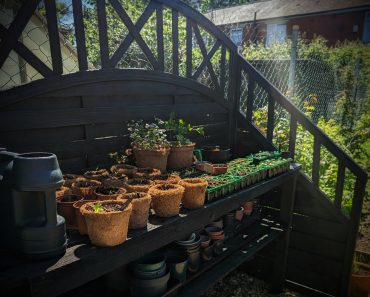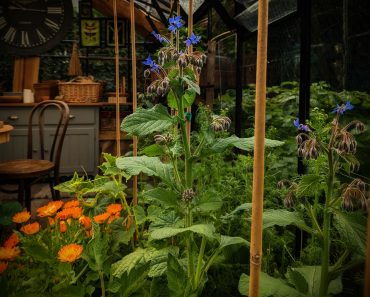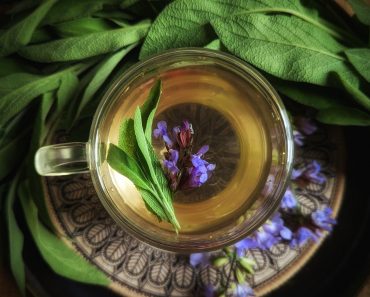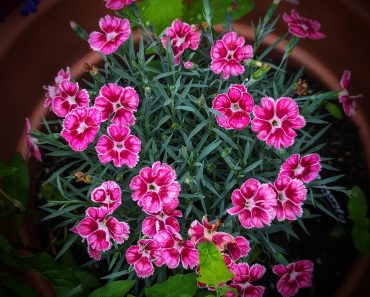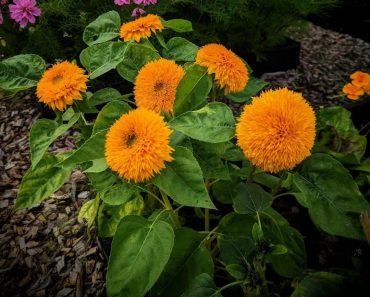Turnips are a quick-growing, cool weather crop. Easy to Grow and Harvest, a wonderful starter vegetable for a beginner grower. Here’s how I grow mine…
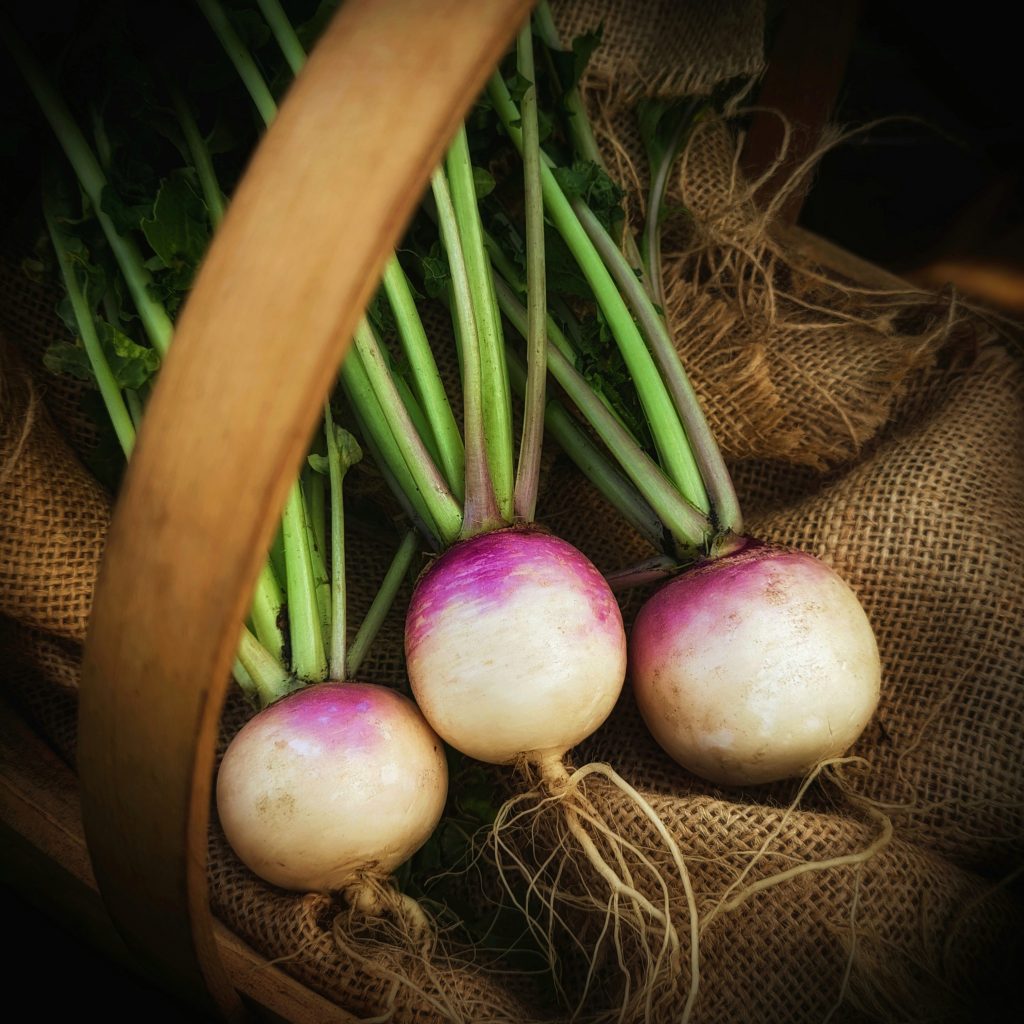
This post may contain Affiliate links please see my disclosure policy
First, Let’s learn a Little about The Turnip!
What is a Turnip? Turnips are a root Vegetable commonly grown in temperate climates. They are a member of the Brassica family and are packed with healthy Vitamins and minerals, such as…
- Magnesium.
- Vitamin C.
- Calcium.
- Folate.
- Phosphorus.
- Potassium.
Turnip Characteristics
Turnips are a creamy white colour with differing shades of colour on the top (dependant on the variety you’re growing) This includes, Purples, Greens and Reds. The Leaves are dark green and fuzzy with thick succulent stems. The Turnip Root is firm and round, the flesh inside is smooth, crisp and white
What Do Turnips Taste Like?
Turnips can differ in taste dependant on when you harvest them and how you prepare them for eating…
To eat Turnips raw-Turnips are best picked when they are golf ball sized. They have a mild spicy Peppery Flavour
For Cooking– Pick them when they are no larger than a Tennis Ball( If you pick them beyond this point they become woody) When Cooked, Turnips have a sweet, nutty flavour..delicious!
Can You Eat Turnip Greens/Leaves? Yes! Turnip Greens can be boiled, steamed or stir-fried
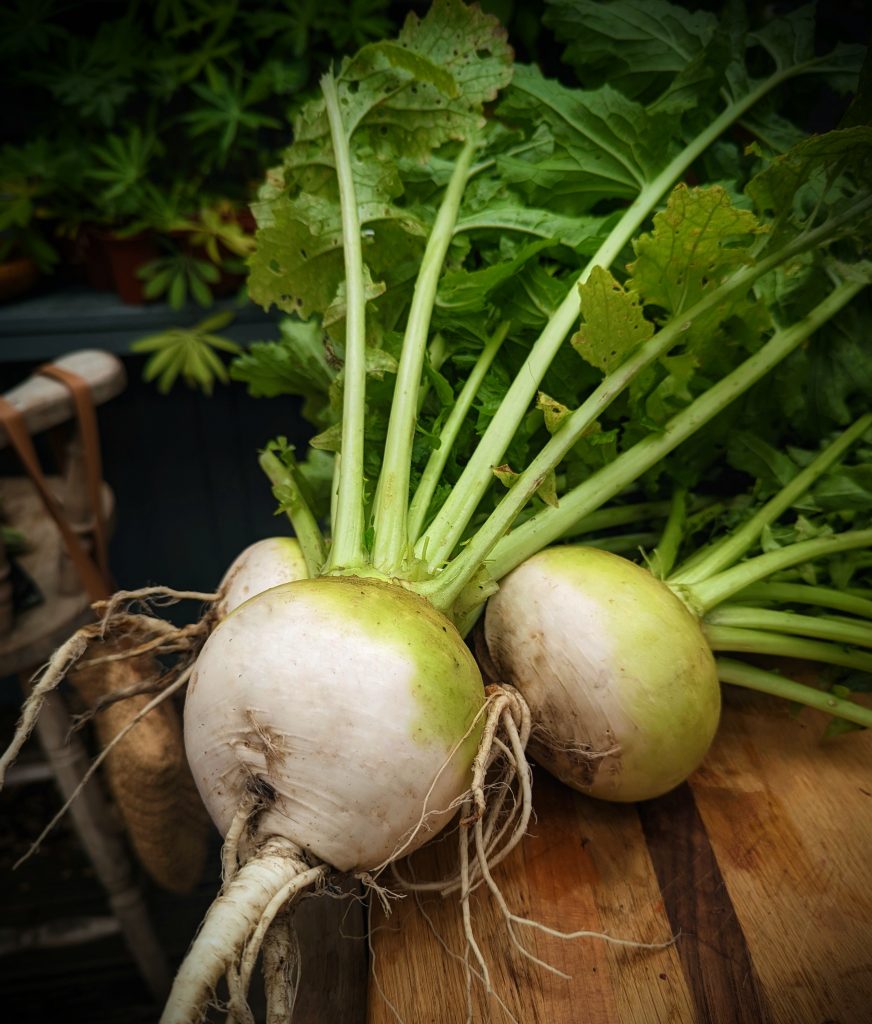
Why are Turnips Called Turnips?
Turnip Comes from The word ‘Turn’ as in turned or Rounded and ‘Nip’ or Neep is derived from the latin word ‘Napus’ meaning Plant… Rounded Plant! Pretty accurate! Other Names given To the Turnip In England (Particularly in the North East) are Snadgers, Snaggers or Narkies. And our neighbours The Scots, simply call them ‘Neeps’ or ‘Nips’
Some Turnip History
The Turnip has been around for more than 4000 years! This ancient plant may have been cultivated by humans for thousands of years but it wasn’t always appreciated or respected, here’s why…
Back in Ancient Rome, the Romans would often save the turnips roots and throw them at people they didn’t like! It was a tool, a form of ammunition for means of insult. This had a lot to do with the members of Roman Society who primarily ate the Root vegetable- It was a poor man’s food, mostly consumed by only the poorest of families. While the Upper class Romans were known to eat it from time to time-they would disguise its taste with Honey…to class it up a little!
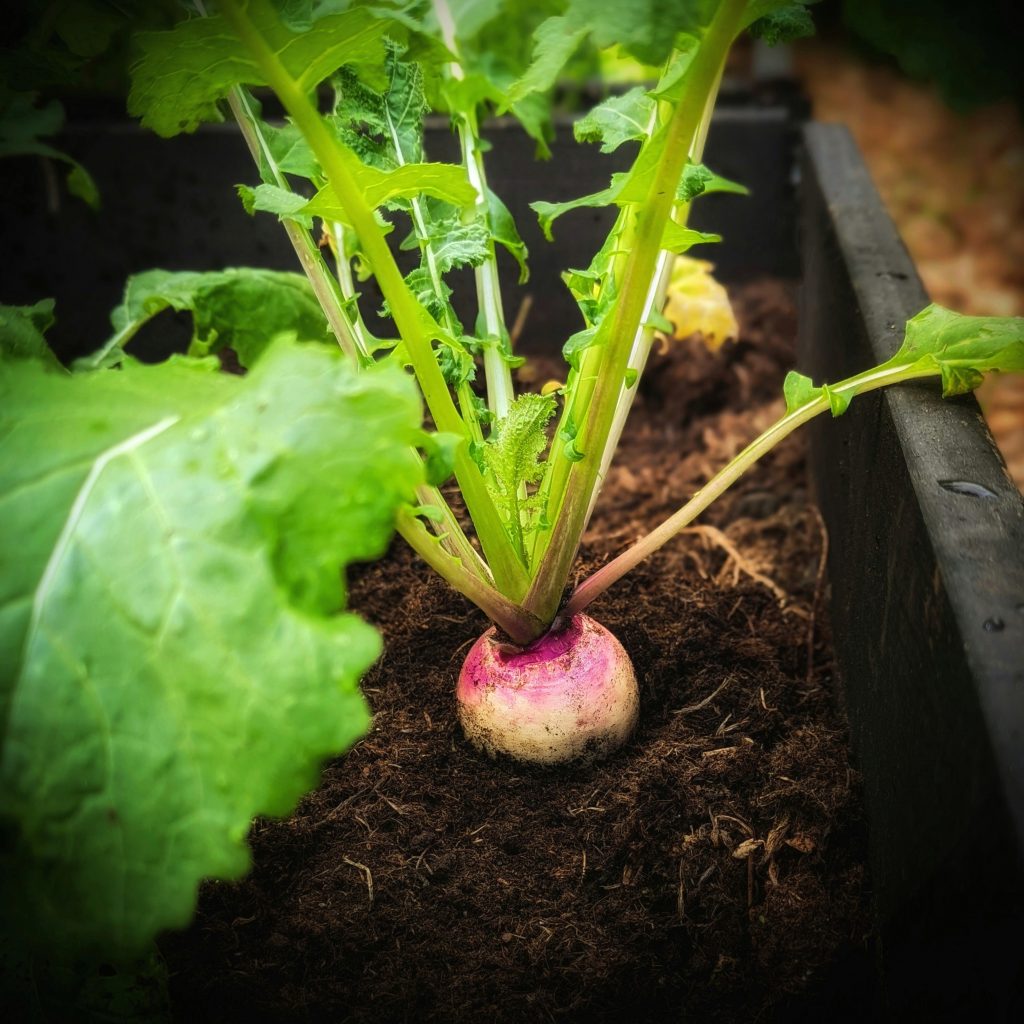
Turnips in The UK
For Centuries Turnips were primarily a food cultivated for livestock. It wasn’t until around the 16th century that the British began growing the vegetable for Human Consumption. The Great English Herbalist and Botanist, John Parkinson, wrote in 1629 that the sweetness of turnips were: “much esteemed, and often seen as a dish at good men’s tables”. Another English physician and Naturalist Thomas Moffett agreed with this determination and spoke of the blood red turnips he had eaten in Prague, which were so “delicate” that the emperor himself must have grew them.
These words by well respected, accomplished men provided a shift for the humble root vegetable. The Turnip soon found its way to upper class plates and was soon enjoyed by the wealthy and the poor alike. A new beginning for the formerly ‘poor man’s’ vegetable!
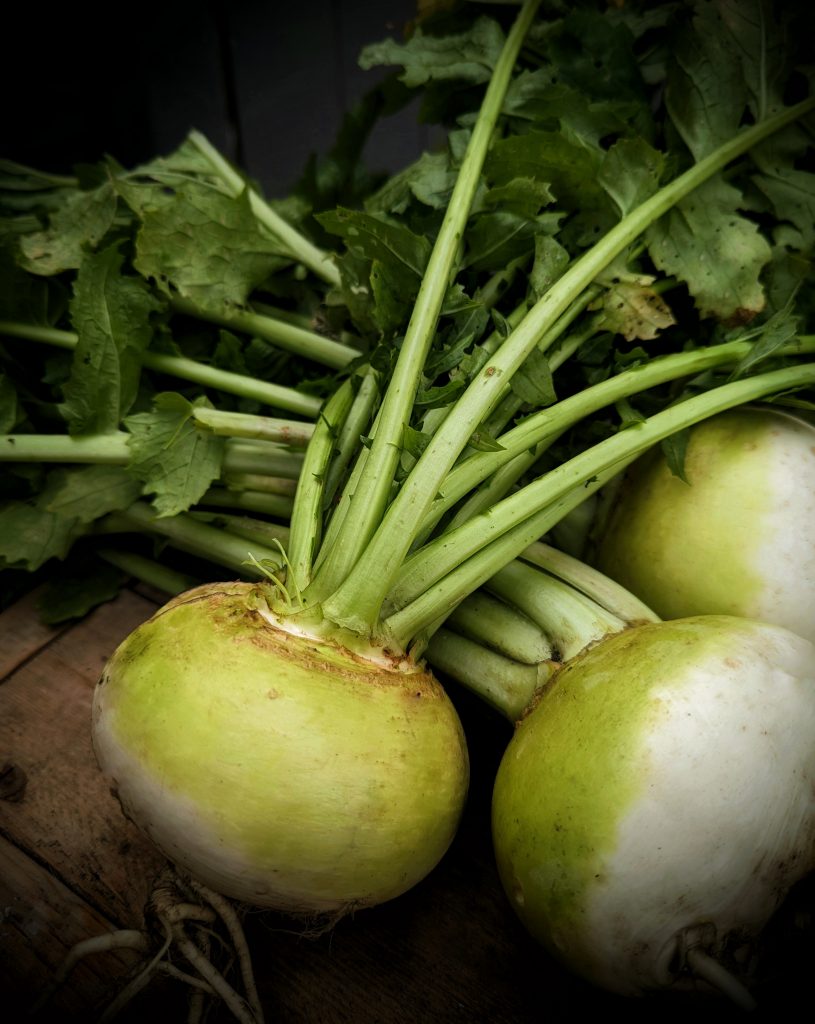
So How do You grow Them?
Turnips grow quick and easily from seed. They are ready for harvest in as little as six weeks! Best Harvested young when they are tender and slightly sweet. Here’s how I grow mine…
How To Grow Turnips
Buy Purple Top white globe Turnip Seeds
Buy Norfolk Green Turnip Seeds
When To Sow Turnip Seeds
Sow March to mid-August, Or as early as February under cloches or in a greenhouse.
*Bear in mind that Turnips are a cool weather crop and so prefer cool conditions. This means that Spring sowings usually germinate quickly and grow more vigorously than summer sowing’s are likely to.
Sow Indoors or under glass
February-March in modules or pots.
Sow 1-2 seeds per pot, 2 cm deep, if both germinate, keep the strongest seedling.
Plant out once large enough to handle.
Like most root vegetables, Turnips don’t like root disturbance, so transfer the whole module or pot contents with minimal interference.
Space seedlings around 20cm apart *Be sure to harden off indoor raised seedlings first.
What Does Hardening Off Mean?
Plants raised indoors or in a greenhouse environment, need to be acclimatised to cooler temperatures and increased air movement for about two to three weeks before they are planted outdoors permanently. This is a ‘toughening up’ practice to prepare the plants for their new environment.
How to Harden Off
Place your plants out for a couple of hours in a shady part of the garden. The next day, leave them out again for two hours, but this time allow the plants an hour of direct sunshine in the morning. Gradually continue to increase the length of time the plants are in direct sunshine over the course of roughly two weeks.
Sow Outdoors direct
March – June
Make a shallow drill around 1cm deep, and water.
Scatter Turnip seeds thinly along the drill, cover with soil and water lightly.
Thin out to around 20cm apart.
Turnips Soil and Sun Requirements
Turnips like an open sunny position in a rich, well-drained soil. Try to dig in some well-rotted manure or garden compost for a boost!
Turnips Water Requirements
Water turnips regularly, especially during periods of drought. Neglect can lead to small, woody roots that may split. A Dry soil in particularly hot weather can also cause plants to bolt, which in turn, stops the Turnip root from developing further.
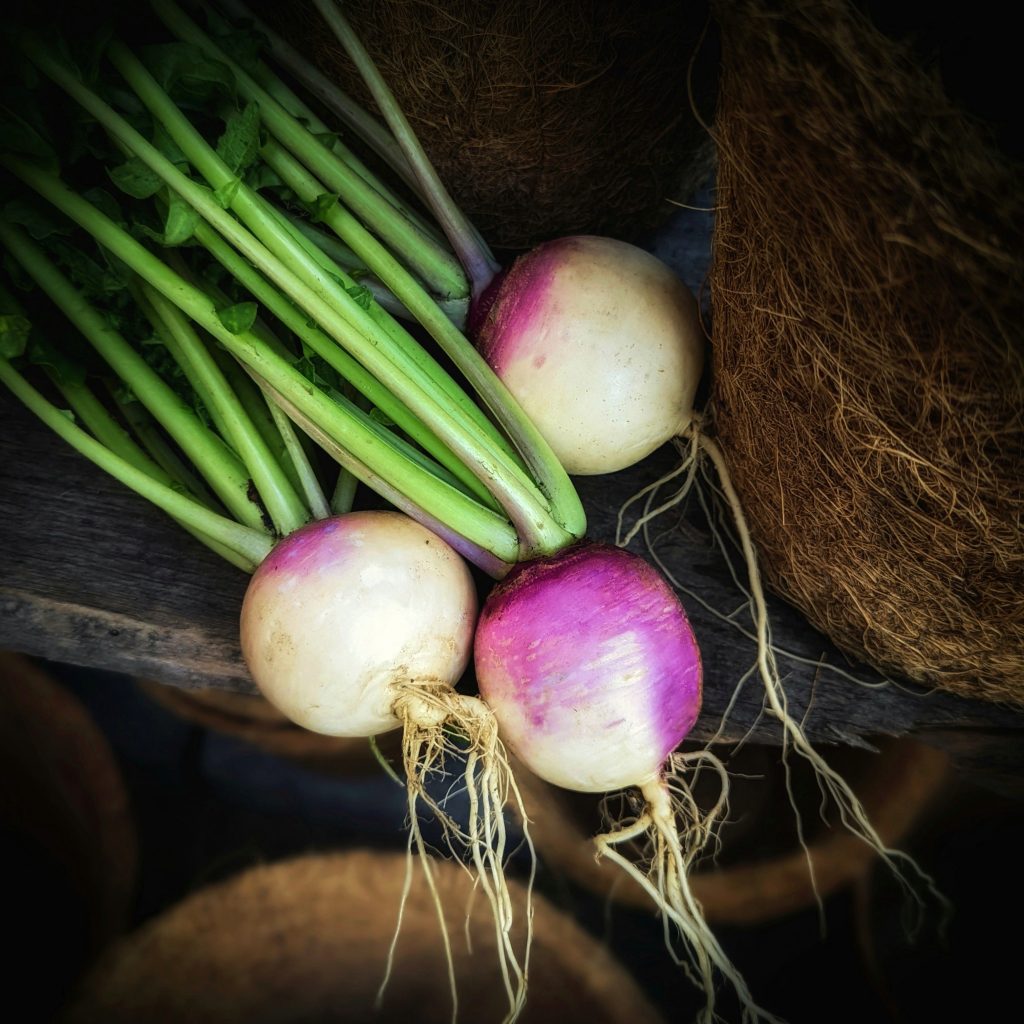
Keep On Top Of The weeding!
Keep your Turnip Bed free of weeds especially when they are young. You don’t want the Turnips competing for nutrients and light
When To Harvest Turnips
Generally Turnips mature quite quickly, anywhere from 30-60 days after planting. Harvest when they are golf ball sized, for tender roots you can eat raw. Harvest when they are the size of a tennis ball for cooking.
Companion Plants For Turnips
Other vegetables in the Brassica family like broccoli, kale, cauliflower, and brussels sprouts are wonderful companion plants for Turnips
*Do not plant Turnips next to other root vegetables like…Parsnips, Carrots, Potatoes, or Beetroot. They will compete for the same nutrients in the soil.
3 Ways To Store Turnips Over Winter
*Chop the turnip greens off of the root close to the base of the leaves before storing. If you store turnips with the greens still attached, it will make them rot a lot faster
- Store whole turnips wrapped in a moist cloth or paper towel in a perforated plastic bag in the vegetable/crisper drawer in your Fridge. They should keep 4 to 5 months.
- Pack whole turnips in layers of sand in barrels or crates in a cool place
- Turnips freeze very well as long as they are prepared properly before hand. You can dice and blanch them, cook and mash, or pre roast. Simply place in a freezer bag and pop in the freezer for up to 6 months
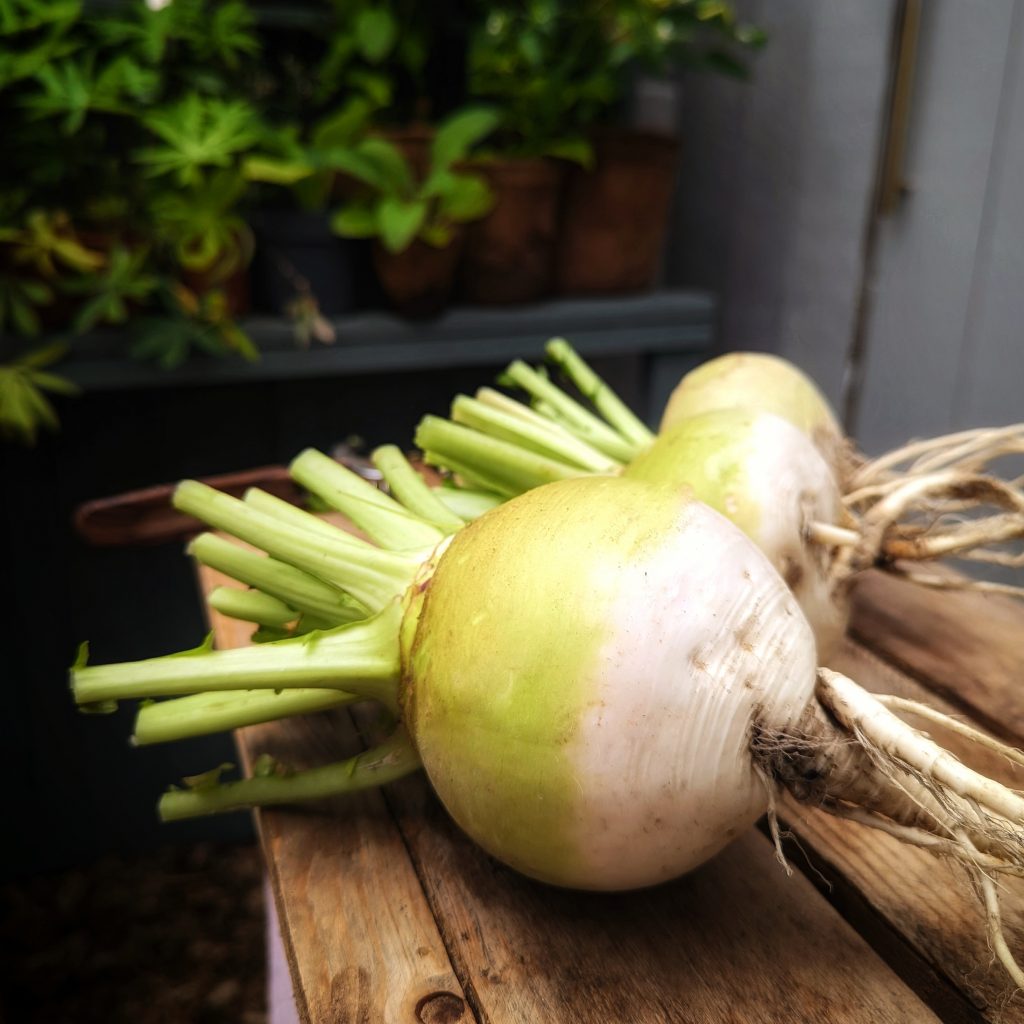
Want To Grow A Vegetable Garden?
Looking For more ‘Homely’ Inspo ?
Have a Nosey Around the Blog! See what i’ve been Baking, Growing and Drinking! Also, pop over and say Hi on Instagram

